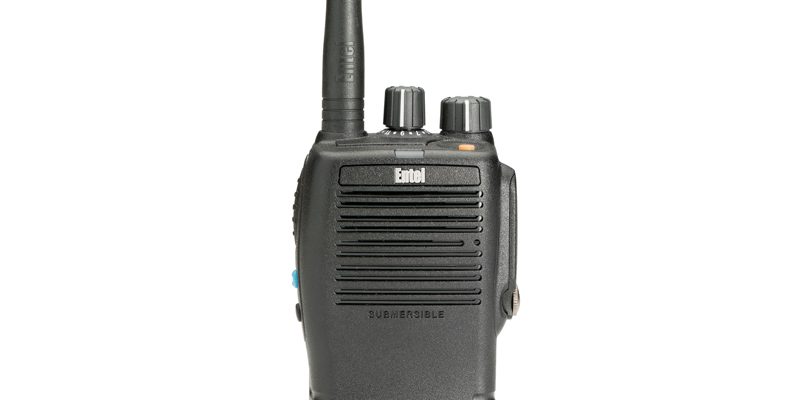
In today’s interconnected world, radio communication plays a crucial role in various industries, from telecommunications and broadcasting to emergency services and aviation. Understanding the capabilities and limitations of radio communication is essential for optimizing its usage and ensuring effective communication. In this blog post, we will delve into the question: “How far can radios communicate?” We will explore the factors that influence radio communication range and discuss the advancements and challenges in extending this range.
- The Basics of Radio Communication:
Before delving into the range of radio communication, it is important to understand the fundamental principles. Radio waves are used to transmit information through the air, utilizing different frequencies and modulation techniques. The range of radio communication depends on several key factors. - Frequency and Wavelength:
The frequency of a radio signal determines its wavelength, which affects its propagation characteristics. Generally, lower frequency signals can travel longer distances, as they are less affected by obstacles and atmospheric conditions. However, higher frequency signals can carry more data and are suitable for shorter-range communication. - Transmitting Power:
The transmitting power of a radio device significantly impacts its communication range. Higher power allows signals to overcome obstacles and travel further. However, increasing power consumption and regulatory limitations must be considered when maximizing the range. - Antenna Design and Placement:
The design and placement of antennas play a crucial role in optimizing radio communication range. Directional antennas focus the signal in a specific direction, increasing range in that direction but reducing it in others. Antenna height and clear line-of-sight also contribute to extending the range. - Environmental Factors:
Various environmental factors can affect radio communication range. Obstacles like buildings, trees, and terrain can attenuate or block signals. Weather conditions, such as rain, fog, and atmospheric disturbances, can also impact signal propagation. Understanding these factors is vital for planning and optimizing radio networks. - Advancements in Radio Technology:
Over the years, advancements in radio technology have pushed the boundaries of communication range. Long-range communication systems, such as satellite-based networks and high-frequency radio bands, have expanded the reach of radio communication. Additionally, the development of repeaters and signal boosters has improved coverage in remote areas. - Challenges and Future Prospects:
Despite the advancements, challenges remain in extending radio communication range. Spectrum congestion, limited available frequencies, and regulatory restrictions pose obstacles. However, ongoing research in areas like beamforming, cognitive radio, and mesh networks holds promise for overcoming these challenges and further extending the range.
Conclusion:
Radio communication has come a long way, enabling seamless connectivity across vast distances. The range of radio communication is influenced by factors such as frequency, transmitting power, antenna design, and environmental conditions. Understanding these factors and leveraging advancements in technology can help optimize communication range. As we continue to push the limits of radio communication, new possibilities and challenges emerge, paving the way for a more connected future.

